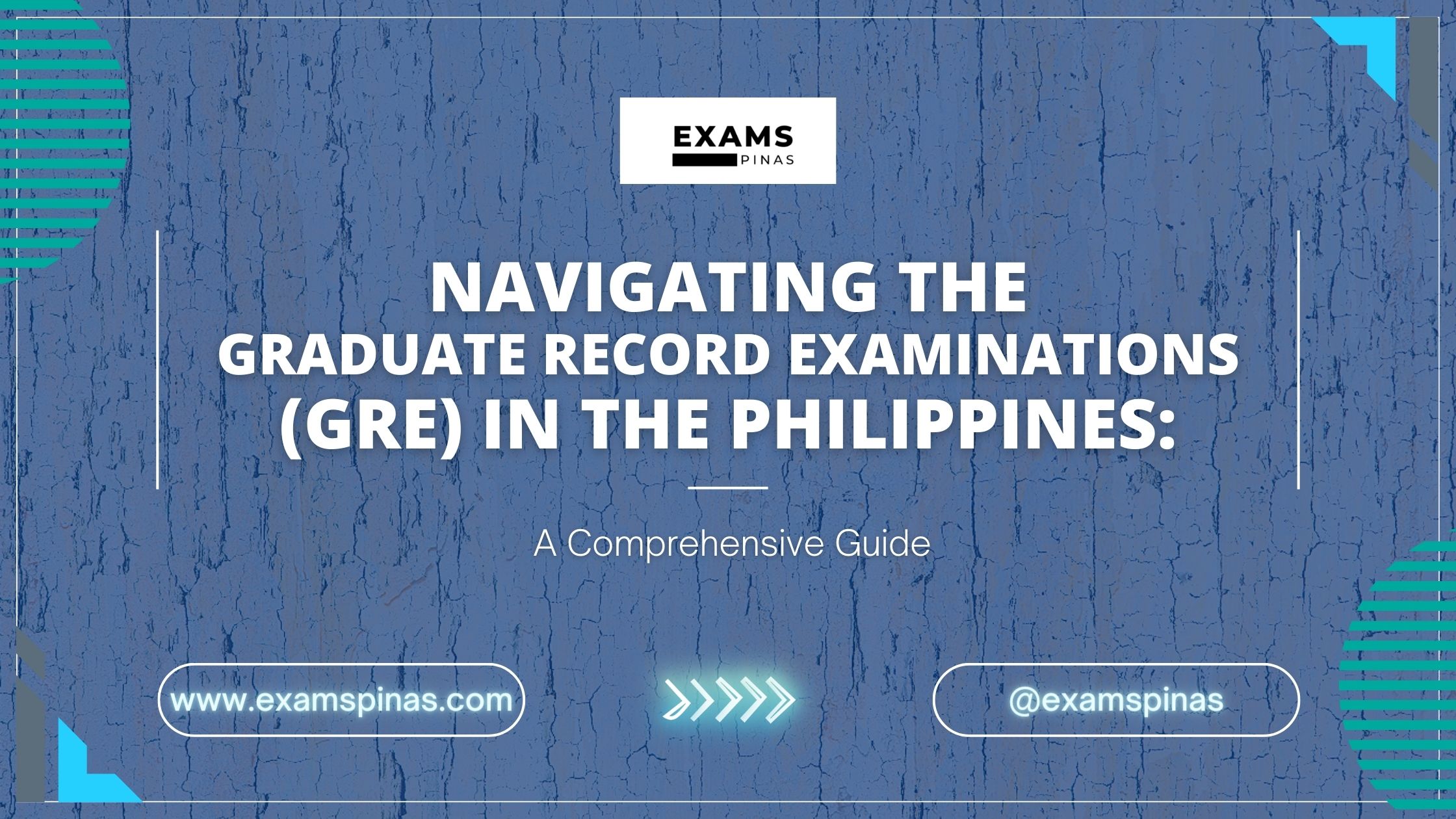Understanding the GRE
The Graduate Record Examinations (GRE), a crucial test for those aspiring to study abroad, is widely recognized for assessing the aptitude of individuals seeking graduate education, including master’s and doctoral programs. Administered by the Educational Testing Service (ETS), the GRE is a pivotal component of the admission process for numerous graduate schools globally.
Purpose and Significance
The GRE serves as a comprehensive evaluation tool, measuring a candidate’s readiness for the rigors of advanced academic studies—especially important when considering what exams are required to study abroad. It comprises various sections that assess analytical writing, quantitative reasoning, and verbal reasoning skills. As a testament to its global recognition, many prestigious institutions consider GRE scores as a crucial factor in the admission process.
Taking the GRE in the Philippines
Test Centers
In the Philippines, the GRE is conducted at designated test centers, ensuring accessibility for aspiring graduate students, a key consideration for those pondering what exams are required to study abroad. Currently, there are two GRE test centers in the Philippines, strategically located in Cebu City (C/O Train, Educ & Dev Cons Inc) and Makati City (Ateneo’s Research and Creative Work).
Application Process
Initiating the GRE application process requires careful consideration and adherence to specific steps:
- Create an ETS Account:
- Establish an account on the ETS website, which will serve as the central hub for GRE-related activities.
- Select a Test Center and Date:
- Choose a preferred testing center and date based on availability and convenience. The ETS website provides a comprehensive list of test centers and their details.
- Review Identification Requirements:
- Ensure you have a valid, government-issued ID that meets ETS criteria. Accepted IDs for Philippine applicants include a government-issued driver’s license, passport, or national ID.
- Submit Application and Payment:
- Complete the application by providing accurate information and submit the required application fee, which is $205.
- Confirmation:
- Receive a confirmation email containing essential details such as the examination date, testing center, and confirmation number.
Test Format and Sections
The GRE consists of multiple sections, each designed to assess specific skills:
- Analytical Writing Section:
- Evaluate your ability to articulate complex ideas in writing.
- Quantitative Reasoning Section:
- Assess your proficiency in understanding and interpreting quantitative information.
- Verbal Reasoning Section:
- Measure your ability to analyze and evaluate written material.
- Experimental Section (Computer-based only):
- This section is not scored and may be either a verbal or quantitative section, serving as a research component.
Preparing for Success
Success in the GRE requires diligent preparation. ETS provides a variety of resources, including study guides and practice tests, to help candidates familiarize themselves with the test format and content. Additionally, exploring online platforms like Examspinas can offer valuable insights and tips for effective GRE preparation.
In Conclusion, navigating the GRE in the Philippines involves a systematic approach, from understanding the test format to completing the application process—essential for those pondering what exams are required to study abroad. With proper preparation and access to relevant resources, aspiring graduate students can embark on their GRE journey confidently, paving the way for success in their academic pursuits.

